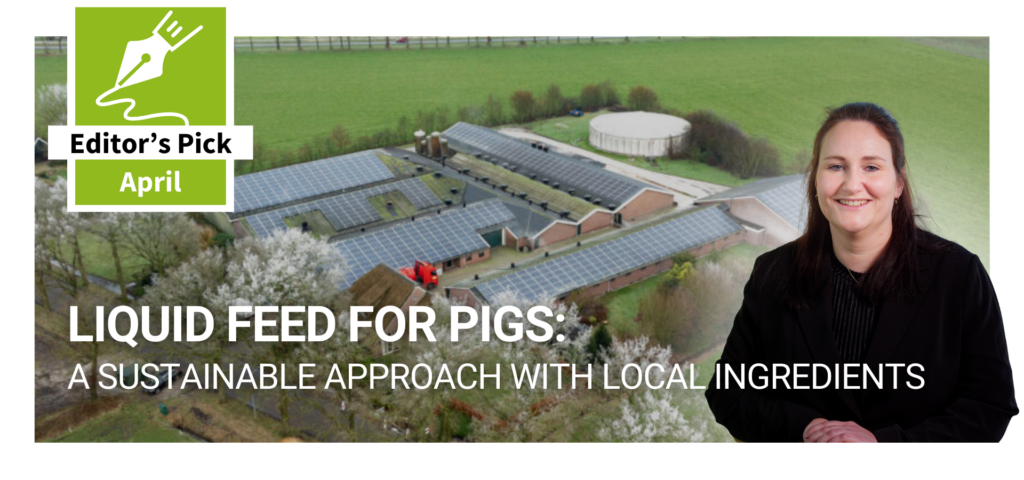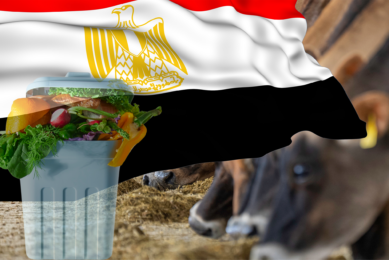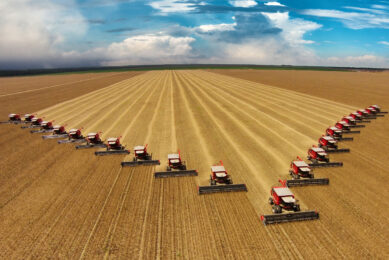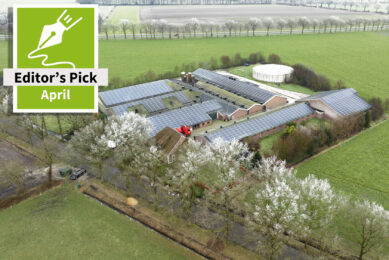Sustainability in All About Feed 2
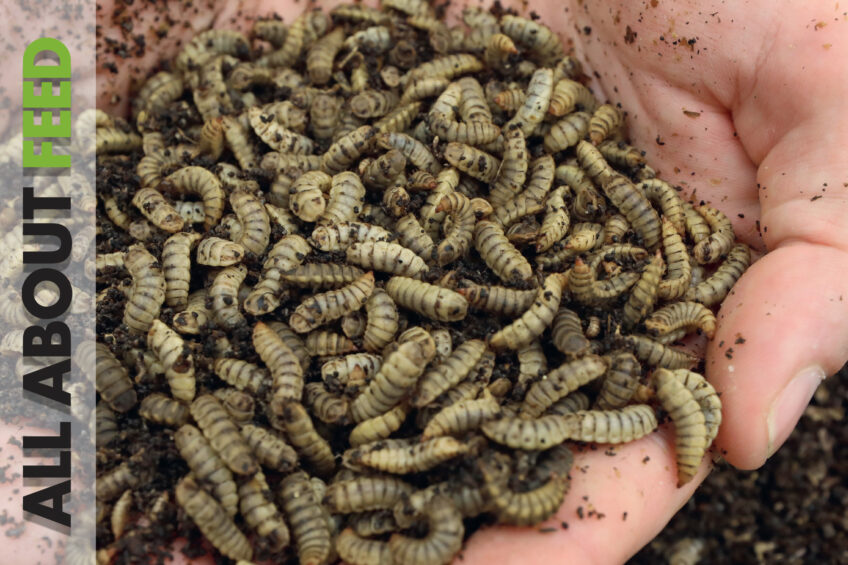
The latest edition of All About Feed is now available online. We visit a Dutch pig farmer who feeds his animals liquid feed, and interview Tina Sejersgård Fanø from Novonesis who tells us about a recent acquisition. We also ask if we do without livestock, and consider some of the sustainable novel feed ingredients in monogastric nutrition. This and more in this latest edition.
Novel feed ingredients: Enhancing meat quality and nutritional value
In this article, All About Feed focuses on the benefits, opportunities and challenges of some of the sustainable novel feed ingredients in monogastric nutrition, including insect meals, microalgae, fermented by-products, and biofortified grains, among others.
Fast, pre-competitive mineral assessment
Feed raw materials have been rapidly tested by near infrared spectroscopy for tight control of valuable protein and fat while monitoring moisture, fibre and other parameters. A new tool, X-ray fluorescence, has been added to the poultry nutritionist’s toolbox by ADM.
Tina Sejersgård Fanø, Novonesis: “This acquisition strengthens our market position”
Novonesis announced that it had acquired dsm-firmenich’s share of the Feed Enzyme Alliance. Tina Sejersgård Fanø, executive VP, planetary health biosolutions, Novonesis, discusses the impact of the acquisition.
Can we do without livestock? A plea for a circular economy
Some say that, in order to save the planet, mankind had better focus on becoming totally independent of livestock. Cattle, pigs and poultry, however, have an important role in achieving a truly circular economy. Read what Prof Windisch had to say at the recently held World Tour by Dr Eckel Animal Nutrition.
All pigs on a liquid feed ration
We visit Dutch pig farmer Arjan Berghuis, who has 250 sows and 2,300 fattening pigs. All the animals are fed a liquid ration with 25% locally-sourced grains.
More use of circular raw materials possible in pig feed
A recent study by researchers in the Netherlands has concluded that pig farming can take a big step towards circularity by increasing the use of circular raw materials in pig feed.



